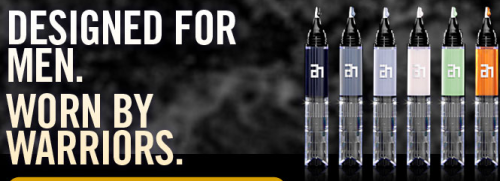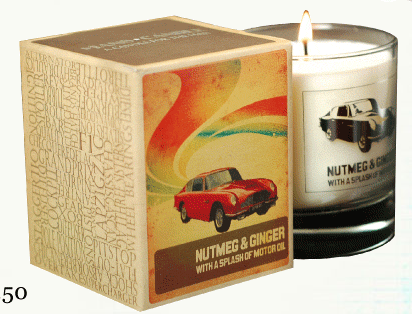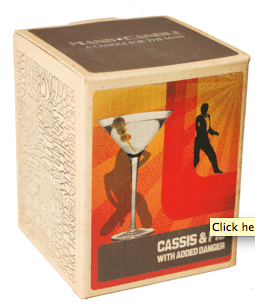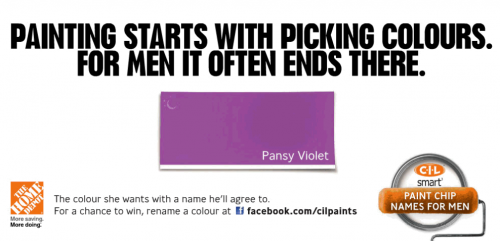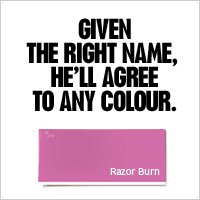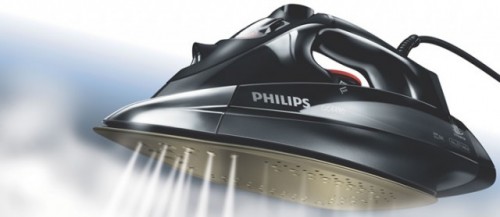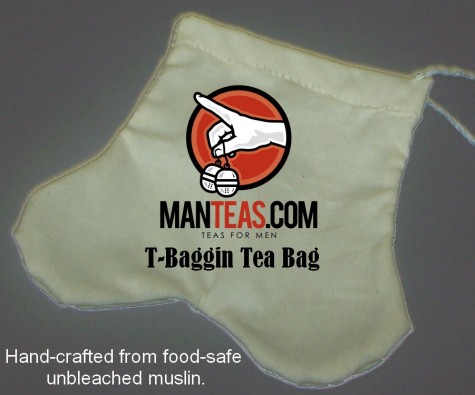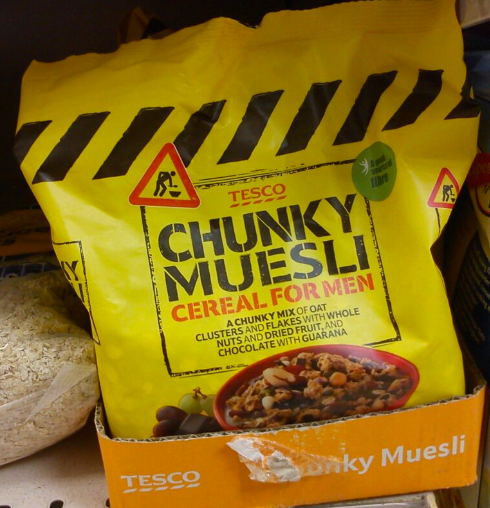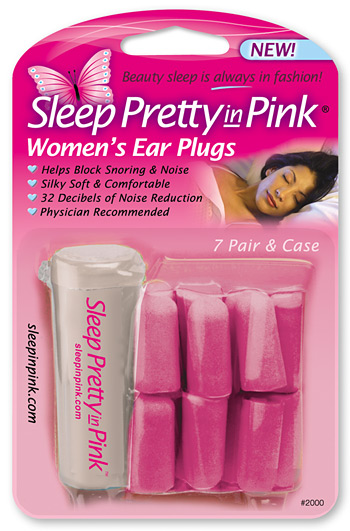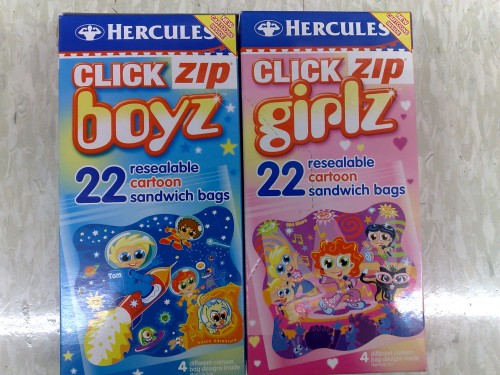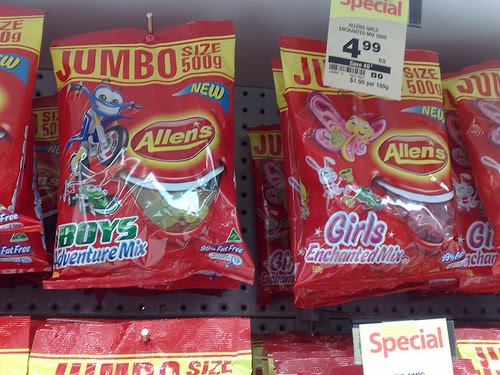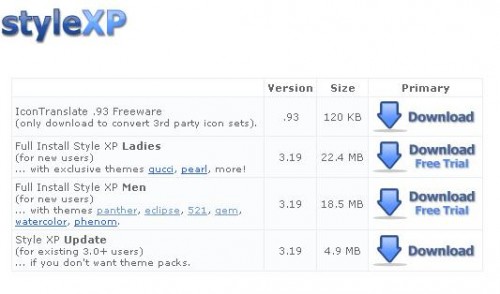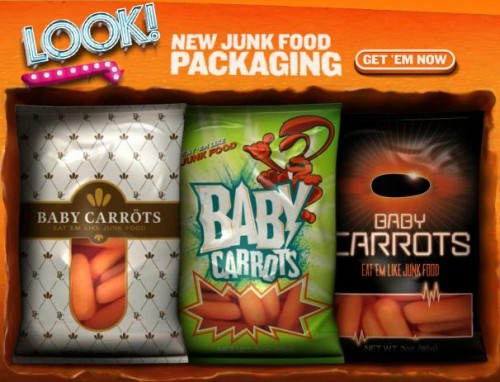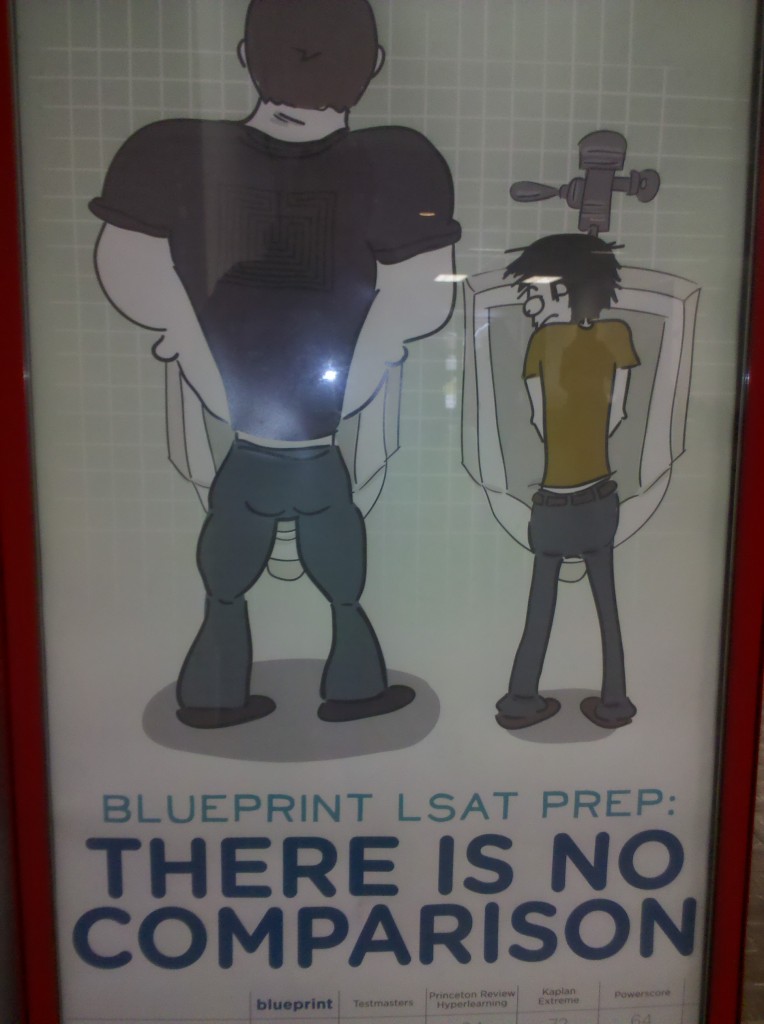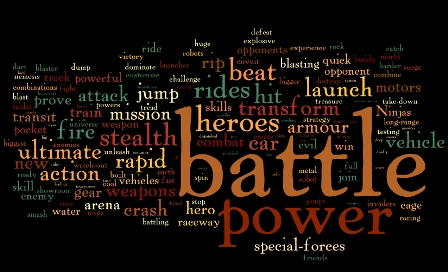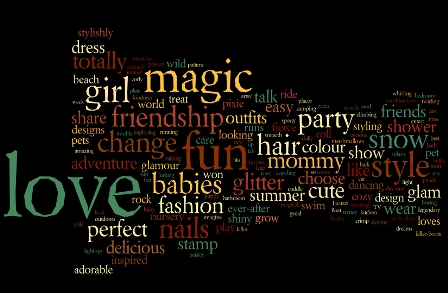 In an interesting article at Slate, Libby Copeland observes that Ron Paul has disproportionate support from young people and men. Why? She cites political scientists explaining that young people, on average, think in more black-and-white terms than older people:
In an interesting article at Slate, Libby Copeland observes that Ron Paul has disproportionate support from young people and men. Why? She cites political scientists explaining that young people, on average, think in more black-and-white terms than older people:
…age and newness to politics predispose young voters to a less nuanced view of the political world. They’re less likely to take the long view, less likely to have patience, less likely to spin out the implications of their political theories.
Ron Paul does, indeed, articulate a straightforward ideology, especially compared to the other candidates.
Copeland doesn’t do as good of a job of explaining why men tend to like him more than women. I wonder, though, if it maybe has something, just a little bit, to do with his branding. Consider this ad:
This ad is a clear adoption of masculinity and a strong rejection of femininity (symbolized by the Shih-Tsu and its supposed weakness). In this sense, his ad is centrally in the genre of ads designed to associate products with MEN, partly by the deliberate exclusion of women and mocking of anything feminine.
It seems to me that Paul has decided to double down on his appeal, focusing on the market that he thinks is most likely to support him, and throwing everyone else out along with the social programs.
Thanks to Letta and Alex for sending along the article and commercials!
Lisa Wade, PhD is an Associate Professor at Tulane University. She is the author of American Hookup, a book about college sexual culture; a textbook about gender; and a forthcoming introductory text: Terrible Magnificent Sociology. You can follow her on Twitter and Instagram.

